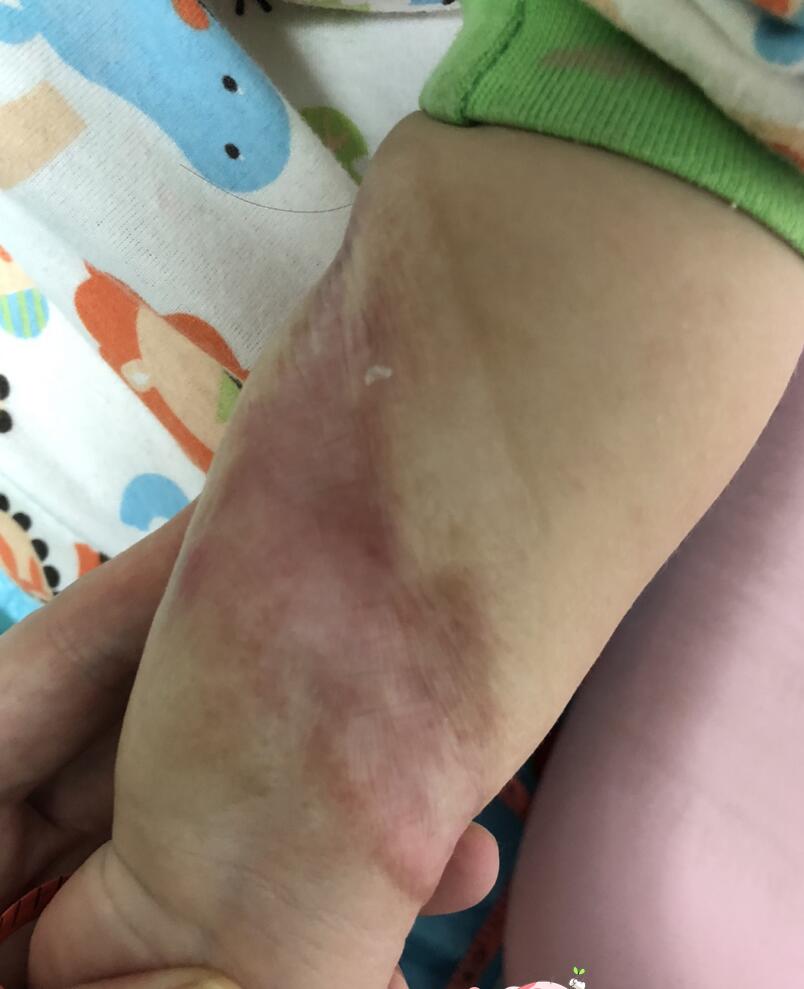
What can I do after burns and scalds to avoid leaving scars?
We often encounter all kinds of accidental burns and scalds in our lives. Some people leave unsightly scars after burns and scalds, while others do not. In addition to physical fitness and the degree of burns, pay attention to the following points after burns and scalds, which are also extremely important to avoid scar formation. Department of Plastic Surgery, The First Affiliated Hospital of Guangzhou Medical University, Ji Hang
1. Avoid wound infection
If an infection occurs after a burn or scald, the probability of scar formation will increase. The severity of the infection also affects the size of the scar. Therefore, treating the infection as soon as possible is an important measure to reduce or avoid scars.
2. Avoid scratching the wound
After burns and scalds, the wound is slowly healed. While new skin tissue is growing, the wound will be itchy. Do not scratch with your hands at this time; if it is really unbearable, use light blowing on the wound or fan to relieve it. Itching symptoms. Scratching the wound will delay the healing time of the wound and make it easier to leave scars.
3. Keep the wound surface clean and dry
After burns and scalds, keep the wound clean and dry. After washing the wound with cold water, avoid re-soaking. Wash the wound with water during the healing process, which may cause infection or pus to leave scars.
4. Pay attention to diet
After burns and scalds, the diet should be based on light food, and at the same time, you can eat some high-protein, vitamin-rich foods to enhance the body's resistance and promote wound healing.
5. Avoid excessive friction and activity
Because the skin is damaged after burns and scalds, in order to make the wound heal better, avoid touching and rubbing the burned and scalded part; if the wound is in the joint area, excessive activity will loosen and separate the healing epidermis, causing blisters.
6. Blisters should be drained in time to avoid infection and ulcer formation
New-born epidermis is prone to loosen due to various stimuli, forming blisters. If the blisters are not treated promptly and correctly, infections, ulcers, and scars will often occur.
